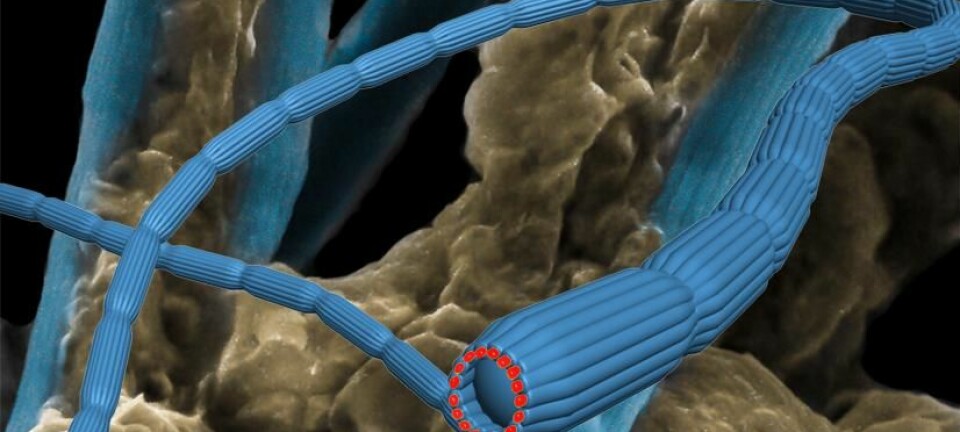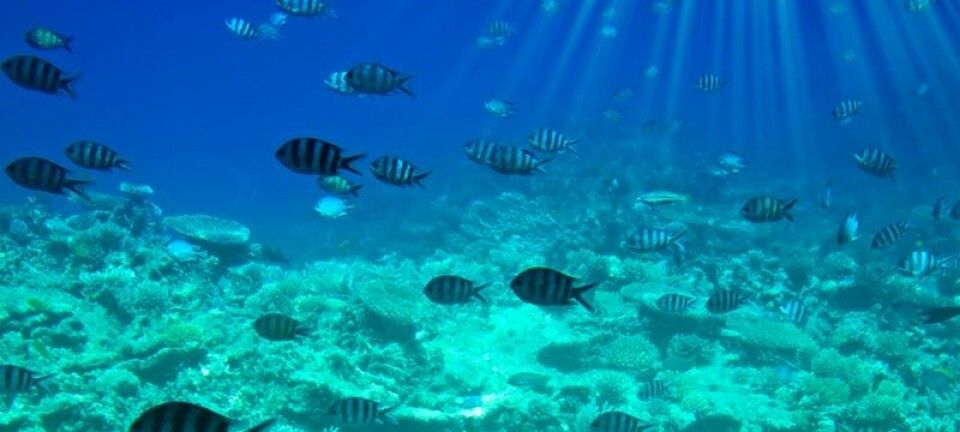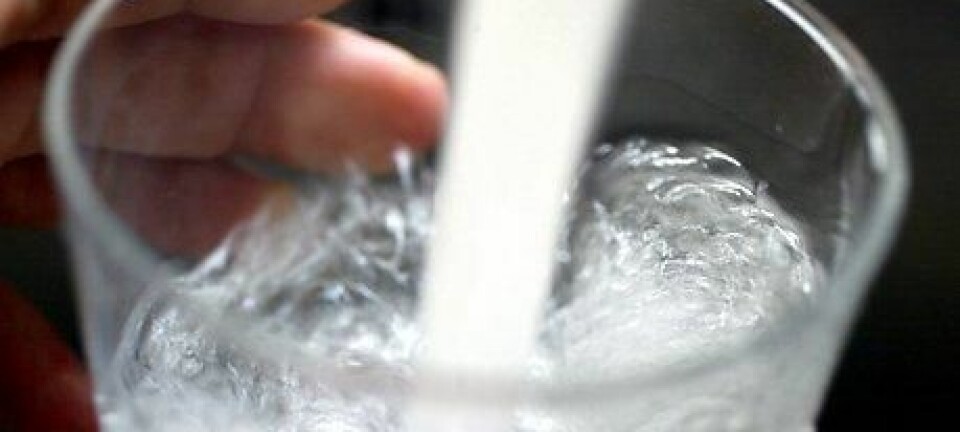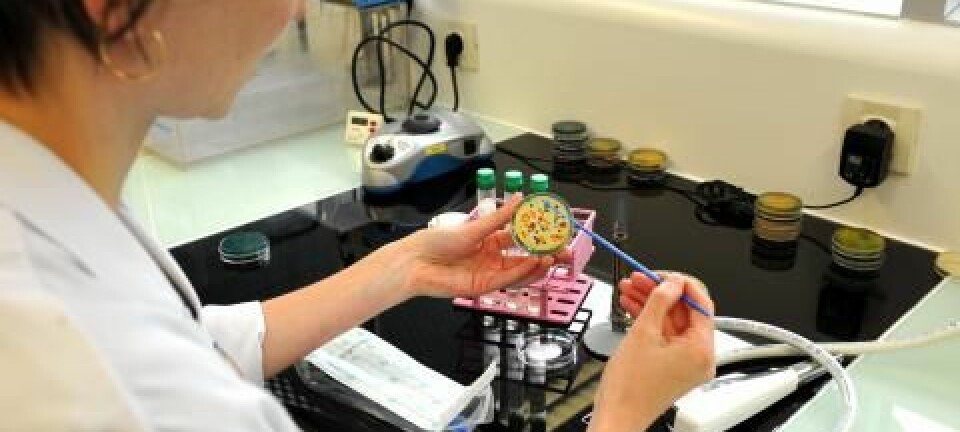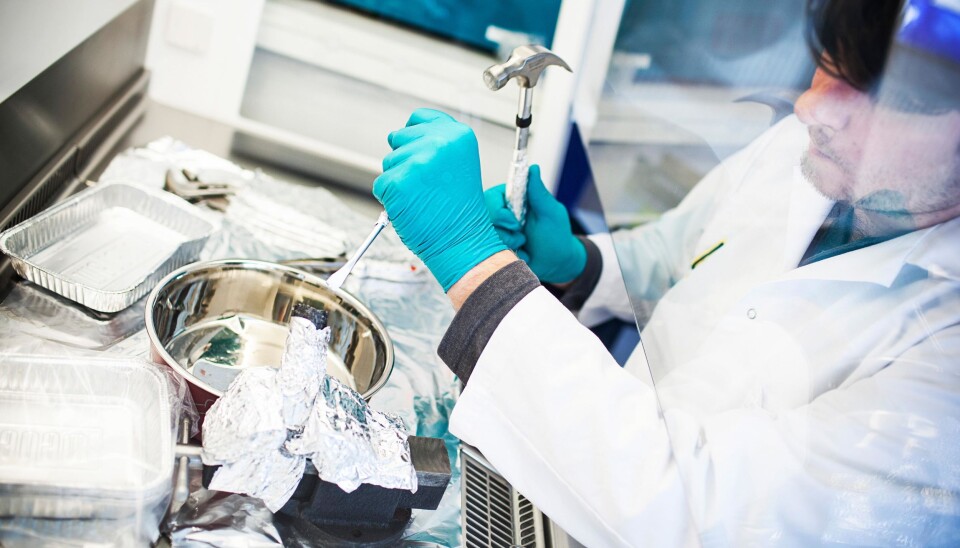
Live bacteria found deep below the seabed
Scientists have found live microbial communities in the earth’s crust deep below the seabed. The discovery may affect our conception of Earth's orbit.
Researchers have found life in the earth’s crust at a record depth of 1.6 kilometres below the seabed.
There they found methane- and sulphide-cycling microbes in good health despite extreme conditions with high pressure, heat and no sunlight.
Since around 70 percent of Earth’s crust lies below sea level, the new discovery reveals what may turn out to be the largest ecosystem on the planet.
“We found live bacteria in the earth’s crust below the sea, regardless of how deep down we drilled. We are talking about a huge ecosystem in the rocks below the seabed,” says the lead author of the study, postdoc Mark Lever, of Aarhus University’s Department of Bioscience – Center for Geomicrobiology.
We are talking about a huge ecosystem in the rocks below the seabed.
Mark Lever
“If there is an exchange of e.g. carbon, methane and sulphate between this ecosystem and the rest of the planet, it could have a great impact on our general view of the Earth’s orbit.”
Chasing bacteria with hammer and pick
The researchers examined the eastern flank of the Juan de Fuca Ridge off the US west coast.
Having descended 2.6 kilometres below the surface, the researchers’ drill penetrated 260 metres of sediment before reaching the Earth’s crust, after which it drilled several hundred metres further down into the basalt rock.
The rock samples they brought back up to the surface were then sterilised. Lever opened the rocks with a hammer and a pick looking for life inside them.
The bacteria feed on chemicals that are released when water seeps down through the rocks. The rocks contain iron ions that can react with sea water and produce hydrogen, which the bacteria can use as an energy source for producing their own organic matter.
Mark Lever
“It was important that our samples were not contaminated with bacteria from other places, as this would diminish the credibility of the results. So we looked inside the rocks to ensure that no drilling fluid had seeped into them.”
Rocks contained DNA from bacteria
A DNA analysis revealed that the rocks in the earth’s crust contain DNA and genes that are associated with methane- and sulphate-cycling microbes.
“We then used an isotope analysis to prove that the bacteria had been alive inside the rocks,” says Lever.
Back to the lab
To cement their conclusions, the researchers brought the rocks and the bacteria back to the laboratory where they cultivated them in a liquid which simulated sea water that flows down through the rocks from the seabed above.
This form of chemical synthesis, which is an alternative energy source to photosynthesis, also occurs elsewhere on Earth, for instance around warm springs in the seabed. But this is the first time that it has been found in the earth’s crust below the sea.
Mark Lever
They let the bacteria grow for several years, after which they were able to detect an increase in the amount of methane in the air space above the water.
“This presented us with conclusive evidence that there are live bacteria, mainly methane-producing bacteria, in the earth’s crust below the sea,” he says.
Bacteria live without photosynthesis
Living this far away from the sun’s rays means that the bacteria do not undergo photosynthesis, which is the basis for almost all other live on Earth.
Yet the bacteria have managed to find an energy source that enables them to thrive deep inside the earth’s crust.
“The bacteria feed on chemicals that are released when water seeps down through the rocks. The rocks contain iron ions that can react with sea water and produce hydrogen, which the bacteria can use as an energy source for producing their own organic matter,” says Lever.
“This form of chemical synthesis, which is an alternative energy source to photosynthesis, also occurs elsewhere on Earth, for instance around warm springs in the seabed. But this is the first time that it has been found in the earth’s crust below the sea.”
Bacteria may live even further down
The researchers have so far drilled several hundred metres down and have found microbes every time, regardless of depth. But it’s possible that bacteria can live even further down.
“A significant part of our project consists of exploring the limits of life on Earth. We know about bacteria that can live in temperatures of up to 122 degrees Celsius, which may bay the limiting factor for life below the seabed. If this is also the case for bacteria in the earth’s crust, there may be bacteria several kilometres below the seabed.”
Mark Lever continues his work with bacteria from deep inside the earth’s crust. His upcoming studies will take a closer look at the exchange of methane, sulfate and carbon between the ecosystem below the seabed and the rest of the Earth.
----------------------------
Read the Danish version of this article at videnskab.dk
Translated by: Dann Vinther
